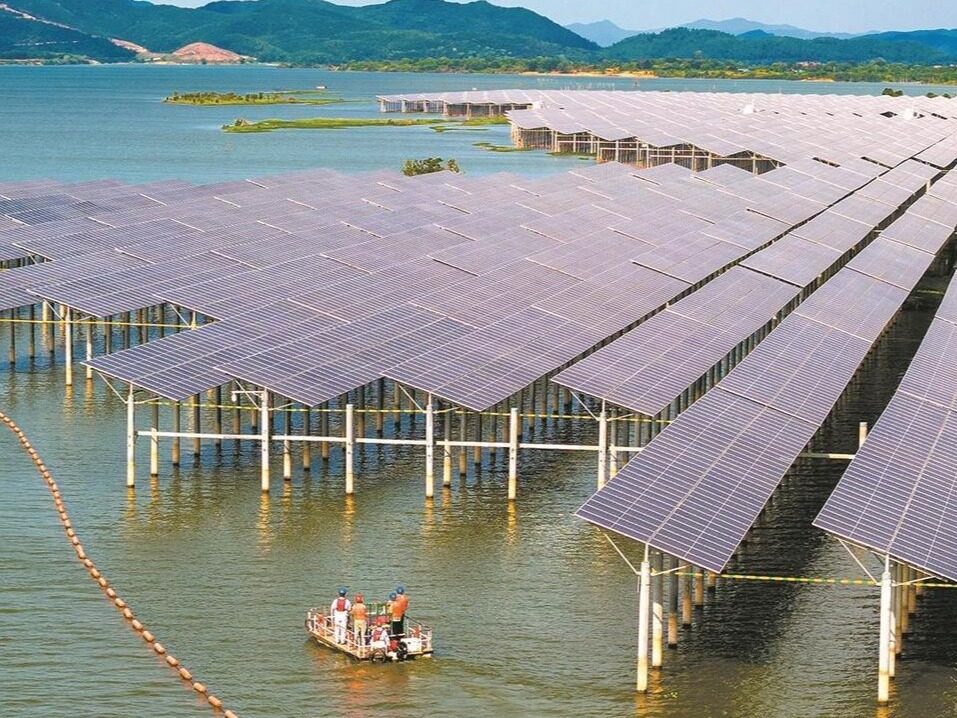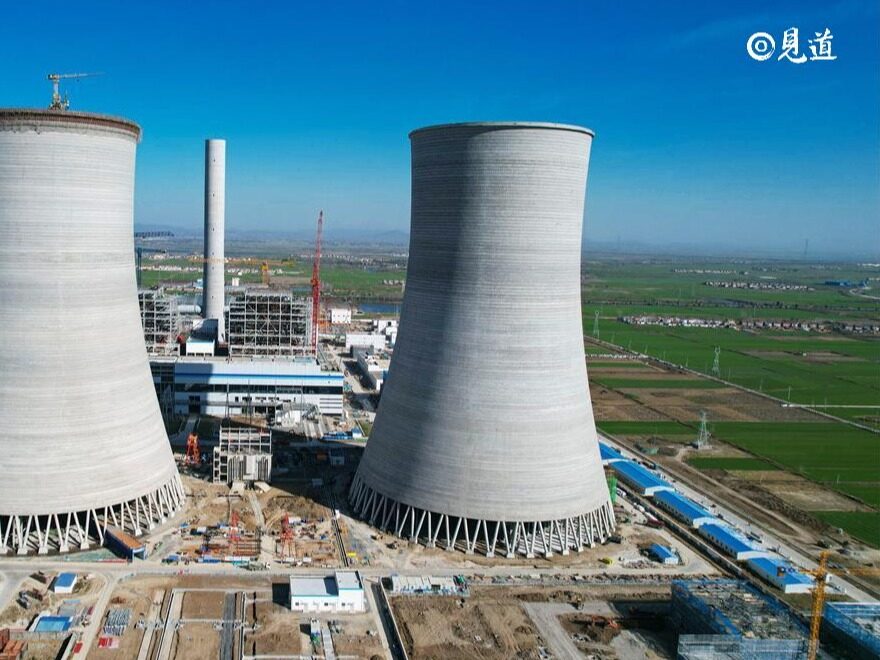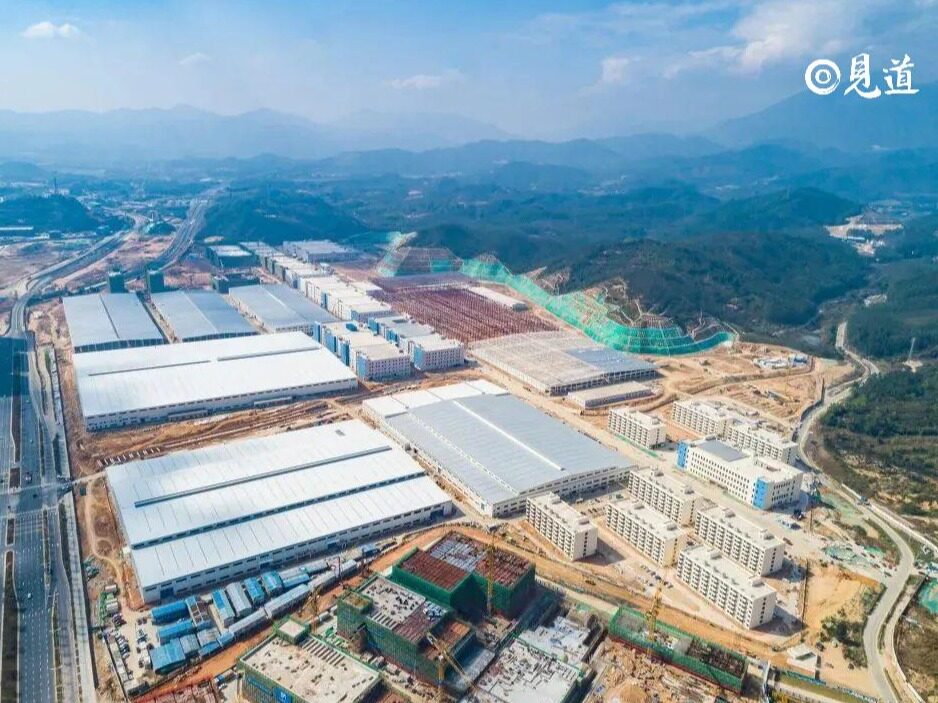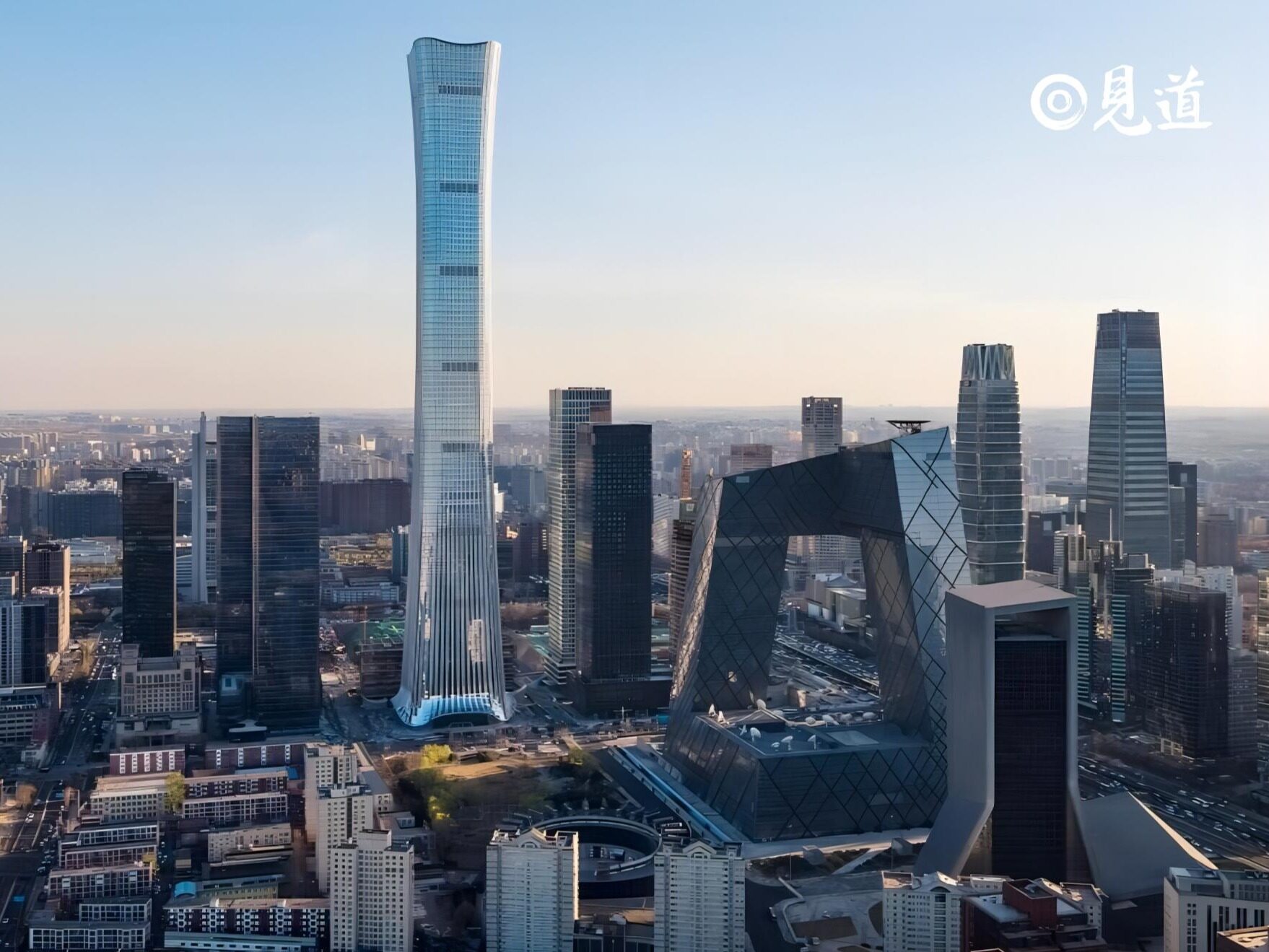- They are two cross-sea passages that Zhejiang has planned for many years
- After the opening of the Shanghai-Ningbo and Huzhou-Ningbo cross-sea passages, the distance between Ningbo, Zhoushan and Shanghai will be greatly shortened
Recently, the Ministry of Transport held a press conference to give an in-depth interpretation of the "National Highway Network Planning" and answer questions from the media. At the meeting, Wang Dongjie, deputy director of the Zhejiang Provincial Department of Transportation, said that the "Plan" was officially released. The number of national expressways in Zhejiang Province has increased from 18 to 22, and the number of ordinary national highways has increased from 15 to 19. The total planned mileage exceeds 10,000 kilometers. . In particular, the Shanghai-Ningbo and Shanghai-Zhouzhou-Ningbo cross-sea passages and the highways from Qingtian to Xiamen, which Zhejiang people have been looking forward to for many years, are included in this national plan to comprehensively improve the location conditions of mountainous islands and enhance endogenous development momentum. Starting from 2022, Zhejiang will hold a mobilization meeting to promote the construction of a high-level transportation province in an all-round way, announcing that it will create a number of major projects that can lead the country, be iconic and leading, and also specially plan the top ten hundred billion and one hundred and one hundred billion and other major projects. The ten 100-billion-level projects are all super transportation projects, with a total investment of more than 1.2 trillion yuan, including the Shanghai-Ningbo Cross-sea Corridor and the Shanghai-Ningbo Cross-sea Corridor.
The Shanghai-Ningbo cross-sea passage is a direct cross-sea passage between Shanghai and Ningbo City, Zhejiang Province. It is jointly built by the G15 Hangzhou Bay Second Bridge (Shenhai Expressway Hangzhou Bay Second Bridge) and the Shanghai-Ningbo Intercity Railway. mode, with a total mileage of 70 kilometers (48 kilometers long across the sea), with a total investment of 100 billion yuan; this passage is an important part of the national coastal passage, a century-old and landmark project for the integration of the Yangtze River Delta region, and is committed to building a long-term Triangular high-quality integrated development transportation model.
The Shanghai-Zhouzhou-Ningbo Sea-Crossing Corridor is a comprehensive transportation channel, which is studied in a coordinated way by road and railway. Among them, the highway channel starts from Shuanghe in Daishan, connects to the main channel of Ningbo Zhoushan Port under construction, crosses the Daishan North Channel, the West Channel, the Jinshan Channel, and the Caojing East Channel in the north, and ends at the west side of Dayangshan Island. The Second East China Sea Bridge planned by Shanghai is connected to the East China Sea Bridge by a connecting line between the Great and Small Yangshan Mountains. The total length of the main line is about 35 kilometers, and the length of the connecting line is about 11 kilometers.

The straight-line distance between Ningbo and Zhoushan is only more than 100 kilometers from Shanghai, but they are separated by Hangzhou Bay. From Ningbo to Shanghai, you need to pass the Hangzhou Bay Bridge, which is more than 200 kilometers. Zhou Jianjun, chief planner of the Zhoushan Islands New District, said that no matter whether it is the integration of Ningbo and Zhoushan or the integration of the Yangtze River Delta, the most important thing is the support of transportation integration. With transportation, people, things, and information will flow, and the regional economy will develop synergistically. Editor/He Yuting
Comment
 Praise
Praise
 Collect
Collect
 Comment
Comment
 Search
Search














Write something~